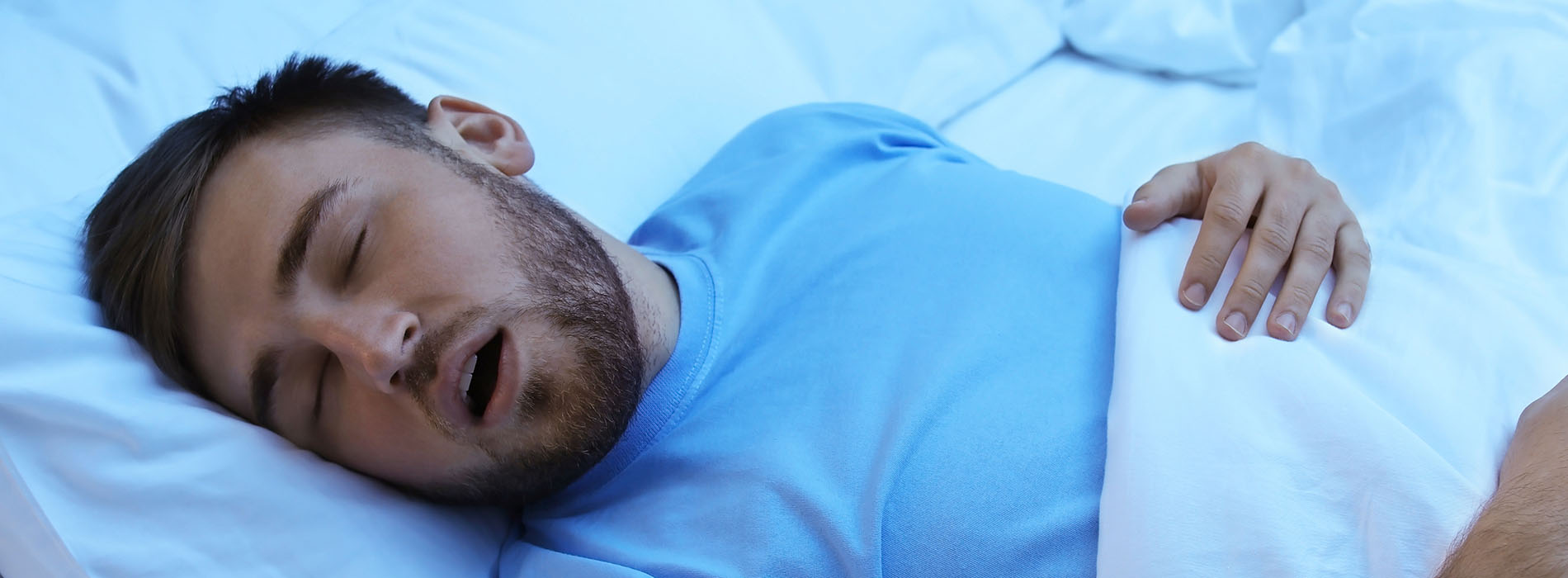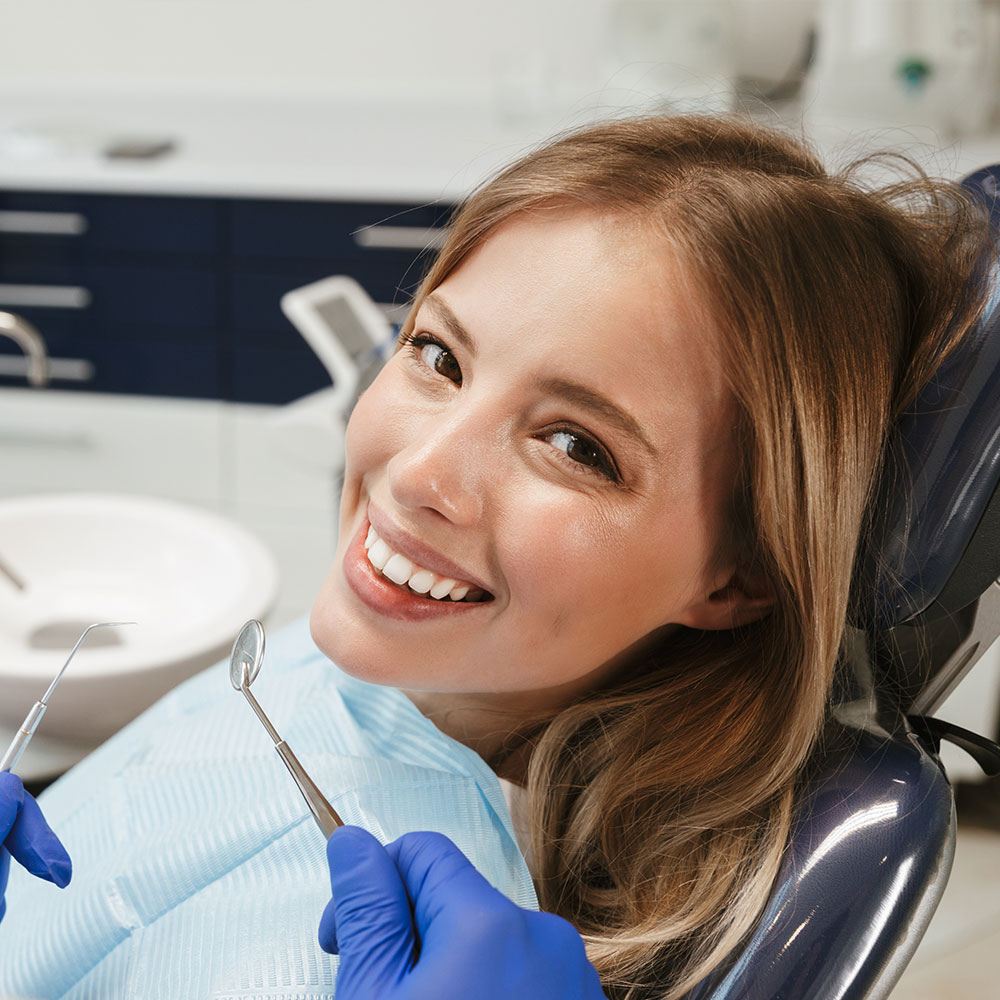
Snoring is more than an annoyance — it can interrupt sleep for you and the people who share your home. For many adults, a well-fitted oral appliance offers a comfortable, noninvasive way to quiet snoring and improve nighttime airflow. This page explains how these devices work, who may benefit, and what to expect from the evaluation and fitting process so you can make an informed decision about care.
Snoring occurs when airflow through the nose and mouth causes soft tissues in the back of the throat — such as the soft palate, uvula, and tongue — to vibrate during sleep. Those vibrations produce the sound we recognize as snoring. The intensity and frequency of snoring depend on the degree of tissue laxity and the narrowness of the airway.
Several anatomical and lifestyle factors influence that airflow. Narrow nasal passages, enlarged tonsils or adenoids, a long soft palate, or a posteriorly positioned jaw can all reduce the airway space and promote vibration. Sleep position also plays a role; lying on the back allows gravity to pull the tongue and soft tissues toward the airway, which often increases snoring.
Beyond anatomy, certain behaviors and substances can make snoring worse. Alcohol, sedatives, and short-term sleep deprivation relax throat muscles and increase collapsibility of the airway. Understanding these underlying contributors helps determine whether an oral appliance is likely to help and whether other interventions should be considered alongside it.
Occasional snoring is common, but persistent, loud, or disruptive snoring can be a sign of a more significant sleep-disordered breathing condition called obstructive sleep apnea (OSA). OSA involves repeated episodes of partial or complete airway collapse during sleep and may carry health consequences that require medical attention.
Because snoring can overlap with sleep apnea symptoms, a careful evaluation is important before starting any treatment. Providers typically screen for daytime sleepiness, witnessed breathing pauses, morning headaches, and other red flags. When the screening raises concern, collaboration with a primary care physician or a sleep medicine specialist and, when appropriate, a formal sleep study can clarify the diagnosis.
For patients whose symptoms and screening point to snoring without significant OSA, oral appliances are a reasonable, evidence-based option. Determining candidacy in a structured way ensures you receive the most appropriate therapy for your specific situation and sleep profile.
Custom oral appliances designed for snoring are sometimes called mandibular advancement devices. They resemble retainers or sports mouthguards and are worn during sleep. By gently holding the lower jaw forward, these devices increase the space behind the tongue and help stabilize soft tissues, which reduces vibration and noise.
Unlike over-the-counter “one-size-fits-all” mouthpieces, a custom appliance is made from impressions or digital scans of your mouth. That custom fit improves comfort, retention, and effectiveness. The device is adjustable so the jaw position can be fine-tuned over several nights to balance airway benefit with comfort and jaw function.
Oral appliances are removable and noninvasive, making them a popular alternative for patients who prefer not to use continuous positive airway pressure (CPAP) therapy or who need a less obtrusive option for primary snoring. They are intended to be worn during sleep and removed upon waking.
An informed start to treatment begins with a thorough clinical assessment. During your initial visit, the dental team will review your medical and sleep history, ask about symptoms, and examine oral structures, jaw alignment, and dental health. This helps identify any conditions that might affect appliance use, such as insufficient teeth, active periodontal disease, or certain jaw disorders.
If a custom appliance is appropriate, impressions or digital scans of your teeth are taken to create a precise model. The device is then fabricated to match your bite and oral anatomy. On delivery, the appliance will be checked for fit, comfort, and initial adjustment. You’ll receive instructions on insertion, removal, and safe overnight wear.
Follow-up care is a key part of success. After you begin using the appliance, a series of short appointments allow the clinician to optimize jaw positioning and monitor your response. Long-term reviews help detect changes in fit, dental alignment, or jaw comfort, and ensure continued effectiveness. If symptoms suggestive of sleep apnea emerge at any time, coordination with a sleep medicine provider is recommended.
Proper care extends the life of an oral appliance and maintains oral health. Patients are advised to clean the device nightly with a soft brush and mild, nonabrasive soap or a manufacturer-recommended cleaner, rinse it thoroughly, and store it in its case away from heat. Regular dental checkups help monitor for tooth movement, bite changes, or gum issues that can occur with prolonged use.
Most patients adjust to the appliance within a few weeks, though some temporary side effects can include mild jaw soreness, increased salivation, or minor tooth sensitivity. These effects often resolve as muscles and tissues adapt. If jaw pain or persistent bite changes occur, the device can be adjusted or discontinued under professional guidance.
It’s important to have realistic expectations: oral appliances can significantly reduce snoring for many people and improve sleep quality for partners, but they do not cure all causes of snoring and are not suitable for everyone. Combining the device with lifestyle measures — such as avoiding alcohol before bedtime, managing nasal congestion, and altering sleep position — often yields the best results.
At Seals Family Dentistry, our approach to snoring appliances emphasizes careful assessment, a custom fit, and ongoing follow-up to support comfortable, effective use. If you’re interested in learning whether a custom oral appliance could help you or a loved one sleep more quietly, please contact us for more information.

Whether you're ready to schedule your first appointment, have a question about our services, or need urgent dental care, we’re just a call or click away. Our friendly team is here to make your experience simple, stress-free, and tailored to your needs.